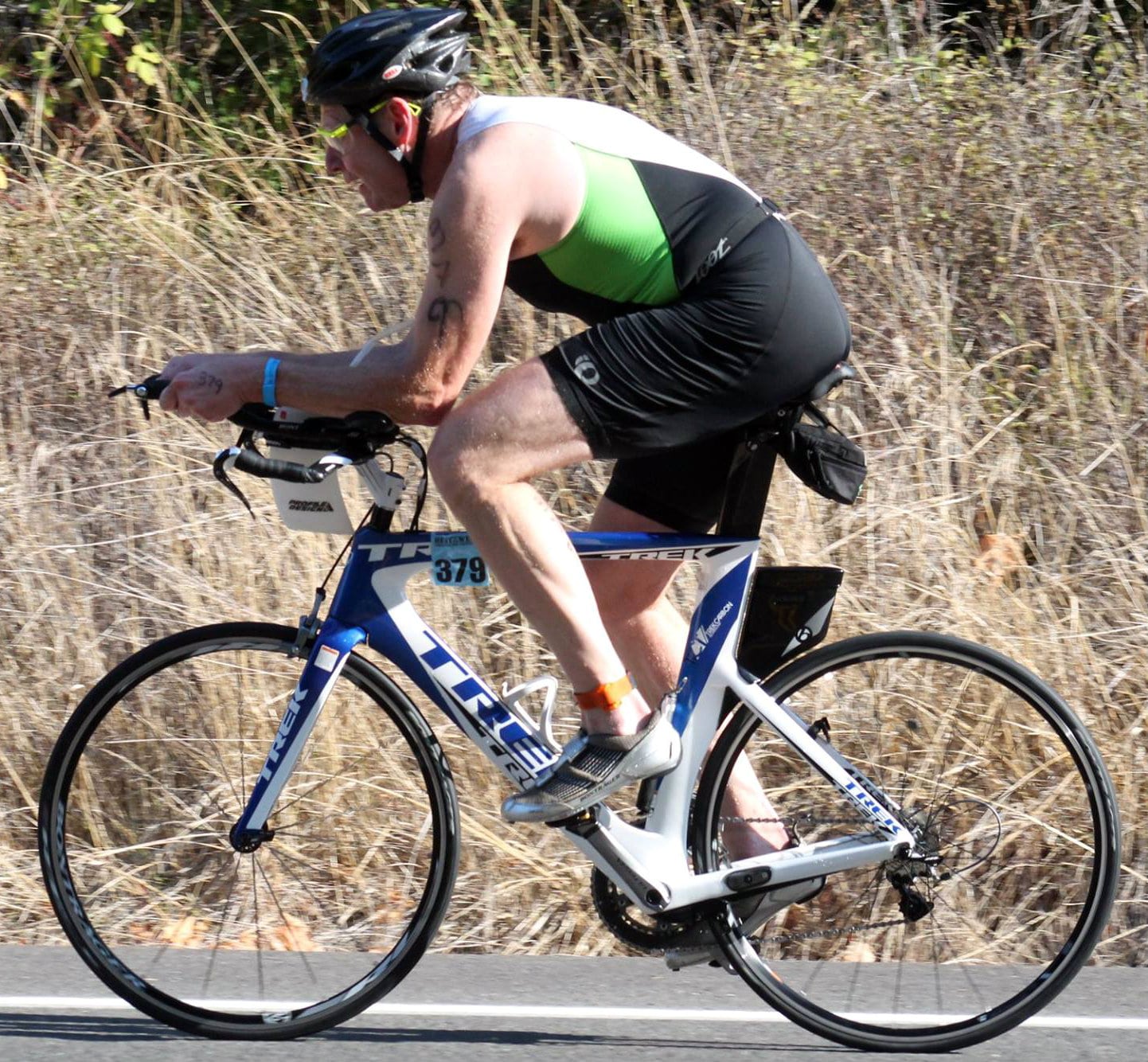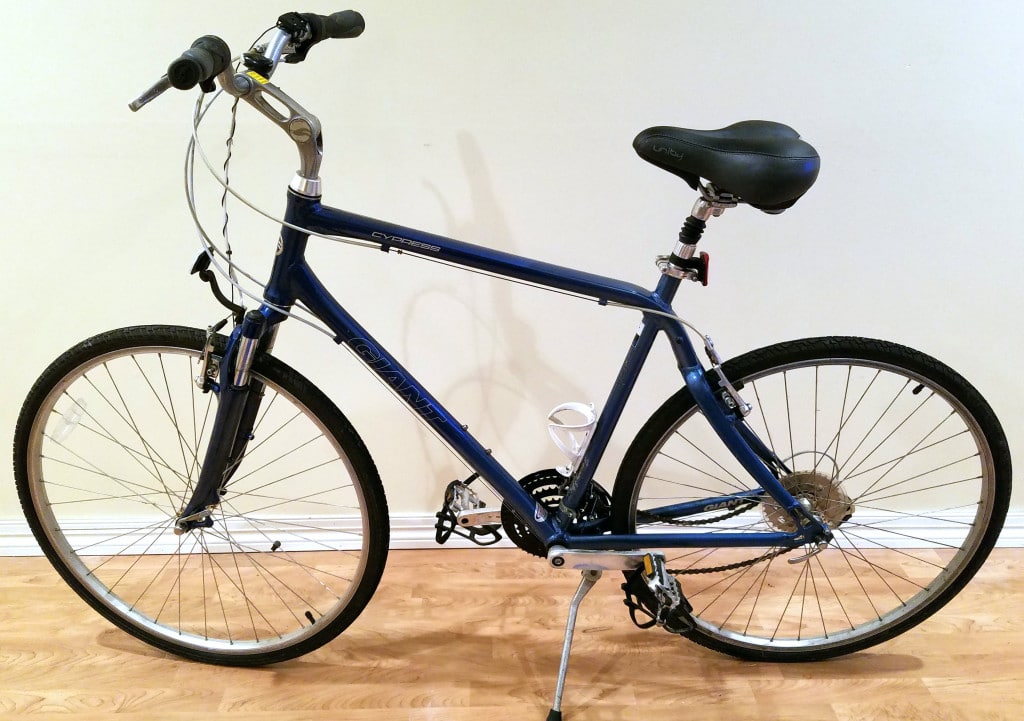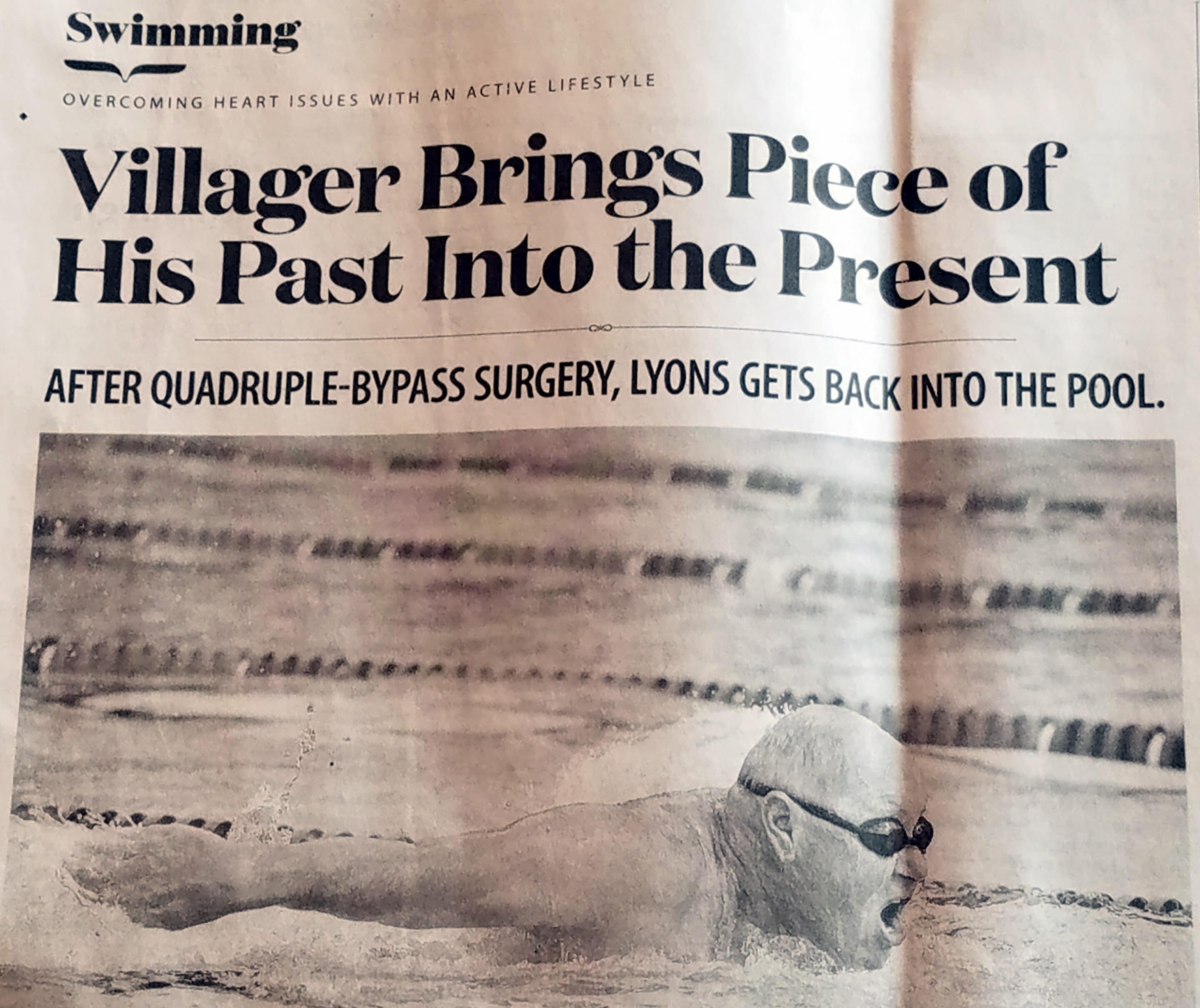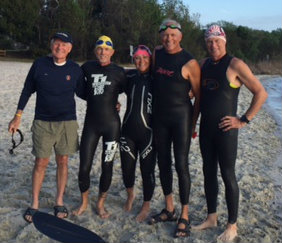Rest and Recovery: Why It’s Important for Senior Triathletes
How do senior triathletes rest while working to become more competitive? Or show our kids that we really are not old? How do we train efficiently when we have a much lower tolerance for training errors?
“Successful runners are those who have recovered the best.”1
Rest – A Main Pillar of Senior Triathlete Training
The advice I repeatedly hear from senior triathletes and those who coach them is that we need to make rest an important part of our training plan. A podcast on training for endurance sports for those over age 50 listed ‘Rest’ as one of four major elements in training for those over 50.
Those committed to improving their performance ‘at all cost’ will ignore this advice or interpret it to fit their plan. Those less committed or motivated can use this advice to hit the snooze button a few more times or to take a few more days away from training.
Meanwhile, those of us somewhere in between can be left scratching our heads, wondering how to apply this all-important advice.
Where Does Rest Fit Into Training for the Senior Triathlete?
According to the Furman Institute1, “train hard and become fatigued, then rest and recover while your body adapts to an increased workload. Repeating this cycle of overload, fatigue, recovery, and adaptation makes you fitter and faster. However, there is a limit to one’s capacity to endure and adapt. The progressive overload must be done gradually.”
We can picture this process through a circular flow diagram (below).
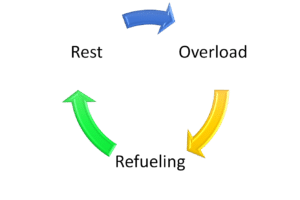
Overload includes the effects of training exercise. However, overload has other sources, including those that come with living, such as our physical environment (for example, altitude, humidity, temperature extremes), colds and allergies, dietary choices, travel, stress at work, and personal relationships).
As illustrated in the above flow diagram, the combined overload influences our nutrition (refueling) needs and needs for rest and recovery. Balancing the three components of the flow diagram while progressively increasing overload will lead to continuous improvement in fitness and performance.
What Is the Correct Way for the Masters Triathlete to Rest?
Triathlon coaches repeatedly write that rest should be scheduled and structured just as are the workouts. Rest and recovery must be considered part of the overall plan and treated in a disciplined way.
According to the National Sleep Foundation, the initial phase of ‘falling to sleep’ is followed by a state in which our muscles relax. During this phase, blood supply to the muscles increases, tissue growth and repair occurs, and hormones, such as growth hormone, are released. The growth hormone contributes to building muscles stressed by hard workouts.
To achieve quality sleep, these processes must occur uninterrupted. If interrupted, muscle repair, tissue repair, and the release of growth hormones is incomplete.
One way to achieve consistency is to schedule sleep. By ‘schedule’, we mean providing the time and environment for both the optimum quantity of sleep and uninterrupted, quality sleep.
Rest is Sleep and Much More
Sleep is an essential component of rest.
However, rest doesn’t have to mean retiring to the sofa. It can also involve exercising the recovered muscles used in one sport, while giving time for repair and development of specific muscles and joints used in another sport.
“Active, yet low-intensity, exercise such as non-weight-bearing swimming, kayaking, and cycling allows muscles stressed from running to recover. It is during the recovery that the adaptation from the training stimulus (the hard run) occurs. That adaptation, or improvement, helps you run faster.”1
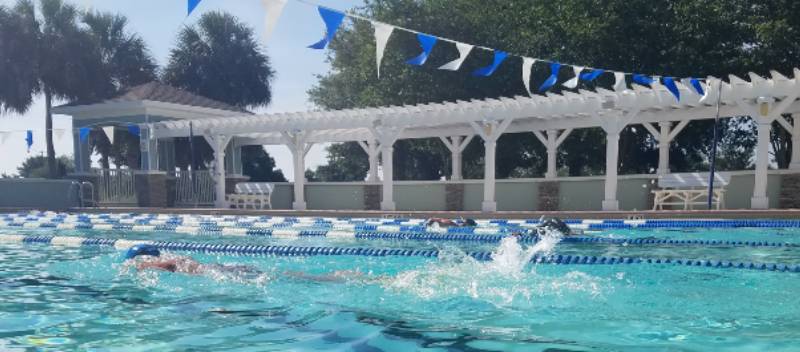
Proper fueling is important. There are many who report that post-exercise fueling requires protein. However, this is not necessarily true, especially for our day-in, day-out workouts. High quality carbohydrates will also be effective in replacing our glycogen stores. The human body is capable of providing the amino acids for repair of the limited muscle damage.
Advice from Dr. Jeff Sankoff is to avoid alcohol during the recovery phase of exercise. During his December 9, 2019 podcast, Dr. Sankoff reported that “the synthesis of new glycogen is often impaired in the presence of alcohol”.
How Do I Know If I Am Getting Enough Rest?
Rest must be proportional to the amount of overload. An imbalance in either direction (too much or too little rest) will lead to less than optimum results.
The major factors affecting the rate of recovery from training overload are:
- Age
- Fitness level
- Exercise background and experience
- Stress from life (work, family)
- Health level
- Diet – nutrition with respect to the body’s requirements during rest and exercise
- Sleep – quantity and quality
Imbalance in the amount of rest will be indicated by:
- mood disturbance,
- irritability,
- sleep disturbance,
- increased susceptibility to colds,
- appetite changes, and
- a struggle to maintain athletic performance.
If an imbalance of rest symptoms persists even if you have taken steps to try to get a good amount of rest, you may have an underlying condition, such as stress or anxiety. You may wish to talk to your doctor about it and they can recommend a treatment such as therapy or CBD oil. Taking care of your mental health is just as important as your physical health.
According to Joe Friel in ‘The Triathlete’s Training Bible’2, the importance of a correct balance of training, nutrition, and rest becomes increasingly important with age. Younger people can get away with more impatience or carelessness in training.
However, seniors have a much lower tolerance for training errors. The price of mistakes in rest and recovery among seniors can be much greater than for the younger competitors.
Seniors have a much lower tolerance for training errors.
A Testimonial for Rest
In 2013, I met Jim Chapman at the Rocky Gap Triathon in Maryland.
After the race, Jim described how important rest had become to his training.
“One of the hardest things to learn while training for this sport is knowing when to rest. I was self coached for many years and often found myself going two or more weeks without a day off and then I would collapse.
Since I had a goal last year to compete at the National Championship race in Vermont, I hired a coach, a nationally ranked professional triathlete who lives in the area. She has been adamant in making me take more rest days. It is not uncommon for me to take two rest days in a week now. And as you can see, I am racing better and faster.”
For this 70+ year triathlete, more frequent rest had become part of a strategy for improving his race performance.
Rest for the Senior Triathlete
Senior Triathletes should take advantage of the wisdom that comes with age in their training.
Increase overload slowly. Remember that overload is the sum of training and other stresses. Refuel properly. Rest through sleep and cross-training.
Remember, life is more like a marathon than a sprint. Plan to finish strong.
References
- Pierce, Bill, et al., “Runner’s World Run Less, Run Faster: Become a Faster, Stronger Runner with the Revolutionary FIRST Training Program”, 2007.
- Friel, Joel, “The Triathlete’s Training Bible, 3rd Edition”, 2009.
This post was first published on April 19, 2016 and last updated on July 26, 2023.


